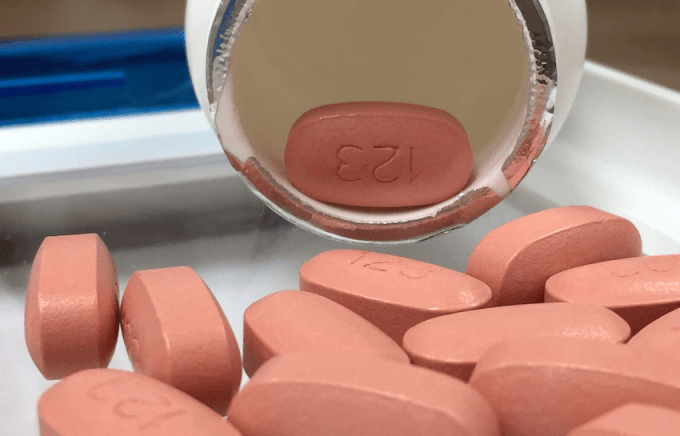The World Health Organization (WHO) has recommended the use of the HIV drug dolutegravir (DTG) as the preferred first-line and second-line treatment for all populations, including pregnant women and those of childbearing potential.
This comes after a new evidence that assesses the benefits and risks
Initial studies by the United Nations health agency highlighted a possible link between DTG and birth defects.
Defects to the brain and spinal cord, that cause conditions like spina bifida in infants born to women who used the drug at the time of conception.
The safety concern came after a study in Botswana that found 4 cases of neural tube defects out of 426 women who became pregnant while taking DTG in May 2018. This resulted to many countries advised pregnant women and women of childbearing potential to take efavirenz (EFV) instead.
However, new results from two large clinical trials comparing the efficacy and safety of DTG and EFV in Africa have now expanded the evidence base. The risks of neural tube defects are significantly lower than what the initial studies may have suggested.
{ Read: HIV infection delinked from contraceptive methods }
“DTG is more effective, easier to administer and has fewer side effects than alternatively prescribed drugs,” said WHO.
It also has a high genetic barrier to developing drug resistance, which is important given the rising trend of resistance to EFV and other regimens.
In 2018 WHO surveyed 18 countries in which 12 reported pre-treatment drug resistance levels exceeding the recommended threshold of 10 percent.
This year, 82 low and middle-income countries reported that they would be transitioning to DTG-based HIV treatment regimens.
These newly updated recommendations are geared towards helping even more countries to improve their HIV policies.
{ See Also: Kenya joins hunt for HIV vaccine }













Leave a comment